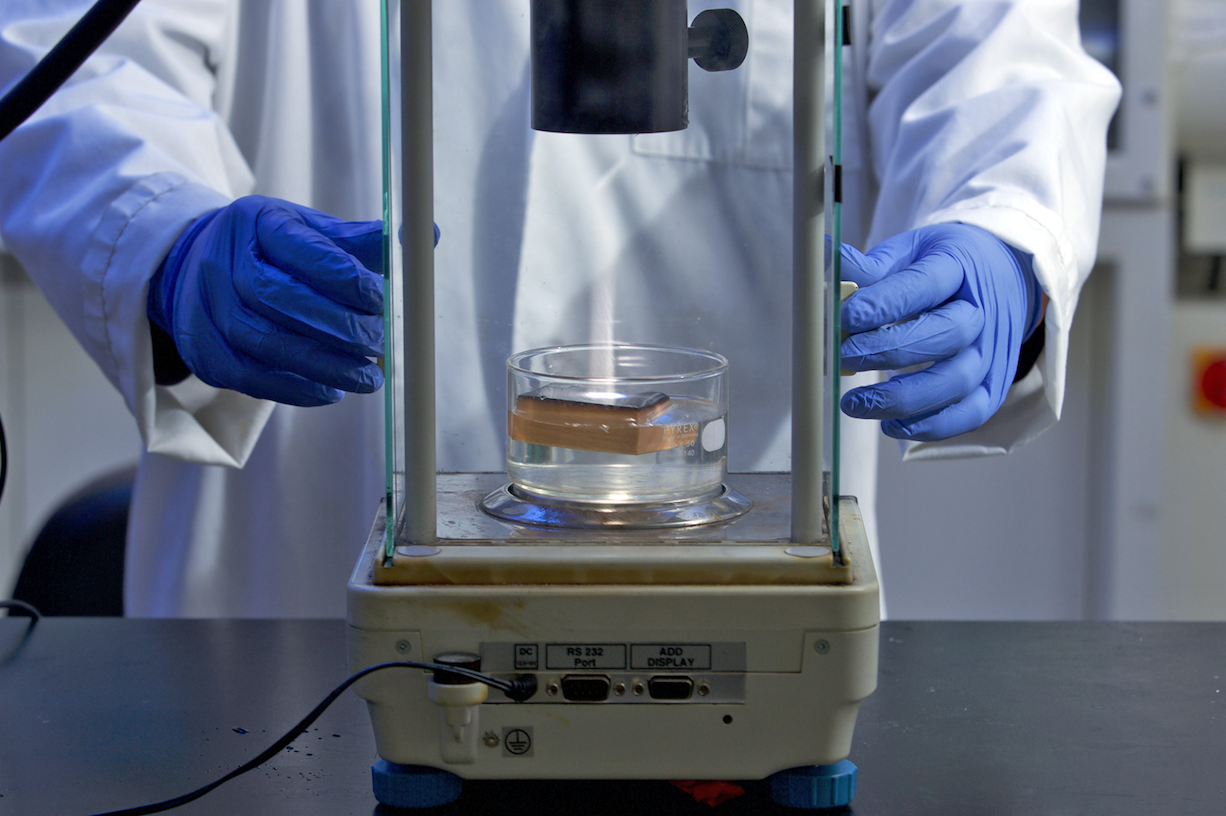
Solar evaporator could help provide drinking water to remote areas
Creating technology to desalinate salt water could help provide safe drinking water to the billion people around the world who lack access to it. However, traditional desalination systems are too expensive to set up and operate, particularly in low-income countries and remote areas.
In a groundbreaking new study, researchers at the University of Maryland’s A. James Clark School of Engineering have developed a critical component that may lead to affordable small-scale desalination. They have successfully demonstrated the use of an inexpensive solar evaporator that is made of wood.
According to study senior author Liangbing Hu, an associate professor of Materials Science and Engineering, the evaporator generates steam with high efficiency and with a minimal need for maintenance.
Professor Hu said that the technique used by the device, known as interfacial evaporation, “shows great potential in response to global water scarcity because of its high solar-to-vapor efficiency, low environmental impact, and portable device design with low cost. These features make it suitable for off-grid water generation and purification, especially for low-income countries.”
Interfacial evaporators made of thin materials are able to float on saline water and absorb solar heat on top. The evaporators continuously pull up the saline water from below and convert it to steam on the top surface, leaving behind the salt, explained Professor Hu. On the other hand, he said that salt can build up on the evaporative surface over time and negatively affect performance until it is removed.
Professor Hu and his team minimized the need for this maintenance with a device made out of basswood that exploits the wood’s natural ability to carry water and nutrients up the tree.
Study lead author Yudi Kuang said the wood’s natural channels are supplemented by drilling millimeter-wide channels through a thin cross-section of the wood. The top surface is then briefly exposed to high heat, which carbonizes the surface for greater solar absorption.
While operating, the device draws up salty water through the wood’s natural micron-wide channels as it absorbs solar energy. Salt is spontaneously exchanged from these tiny channels through natural openings along their sides to the vastly wider drilled channels, and then dissolves back into the water below.
“In the lab, we have successfully demonstrated excellent anti-fouling in a wide range of salt concentrations, with stable steam generation with about 75% efficiency,” said Kuang.
“Wood is an intriguing material scaffold, with its unique hierarchically porous structure, and it is a renewable, abundant and cost-effective resource,” said Professor Hu. “In our lab, the fundamental understanding of biomaterials (especially wood) leads us to achieve extraordinary performance that is competitive with widely used but non-sustainable materials.”
The study is published in the journal Advanced Materials.
—
By Chrissy Sexton, Earth.com Staff Writer
Image Credit: John T. Consoli/University of Maryland













